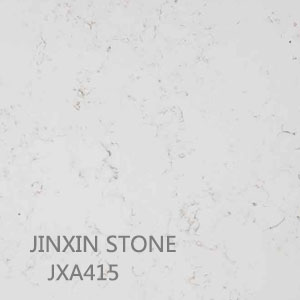The optical properties of quartz are unique. It can be used not only through far ultraviolet light, but also the best of all ultraviolet materials. It can also be visible through the visible light. Because of its high temperature resistance, small thermal expansion coefficient, good chemical stability, bubbles, stripe, uniformity and birefringence can be compared with ordinary optical glass, so it is an essential optical material with high stability optical coefficient in all kinds of bad situations.
According to its optical properties, it can be divided into three categories:
1. far ultraviolet optical quartz glass JGS1
It is transparent in the range of ultraviolet and visible spectrum; there is no absorption band within the range of 185-250nm band; there is a strong absorption band within the range of 2600-2800nm band; non luminescence and stable light radiation.
2. UV optical quartz glass JGS2
It is transparent in the range of ultraviolet and visible spectrum; there is no absorption band within the range of 200-250nm band; there is a strong absorption band within the range of 2600-2800nm band; non luminescence and stable light radiation.
3. infrared optical quartz glass JGS3
It is transparent in the visible and infrared spectrum; there is no obvious absorption band in the 2600-2800nm band.
Compared with ordinary silicate glass, transparent quartz glass has excellent permeability in the whole wavelength range. In the infrared region, the transmittance of the quartz glass is larger than that of the ordinary glass, and the transmittance of the quartz glass is higher in the visible region. In the ultraviolet spectrum, especially in the short wave ultraviolet region, the spectral transmittance is much better than that of other glasses. 
Spectral transmittance is affected by three factors: reflection, scattering and absorption. The reflection of quartz glass is generally 8%, the ultraviolet region is larger, and the infrared region is smaller. Therefore, the transmittance of silica glass is generally not greater than 92%. The scattering of quartz glass is relatively small and can generally be ignored. The absorption of the spectral absorption and the impurity content of the quartz glass is closely related to the production process; the level of the transmittance at the lower 200 meter band represents the amount of metal impurities; the absorption of 240 sodium meters indicates the number of anoxic structures; the absorption of the visible band is due to the existence of the transition metal separation, and the absorption of 2730 sodium meters. It is the absorption peak of hydroxyl and can be used to calculate hydroxyl content.
|

 Home
Home
